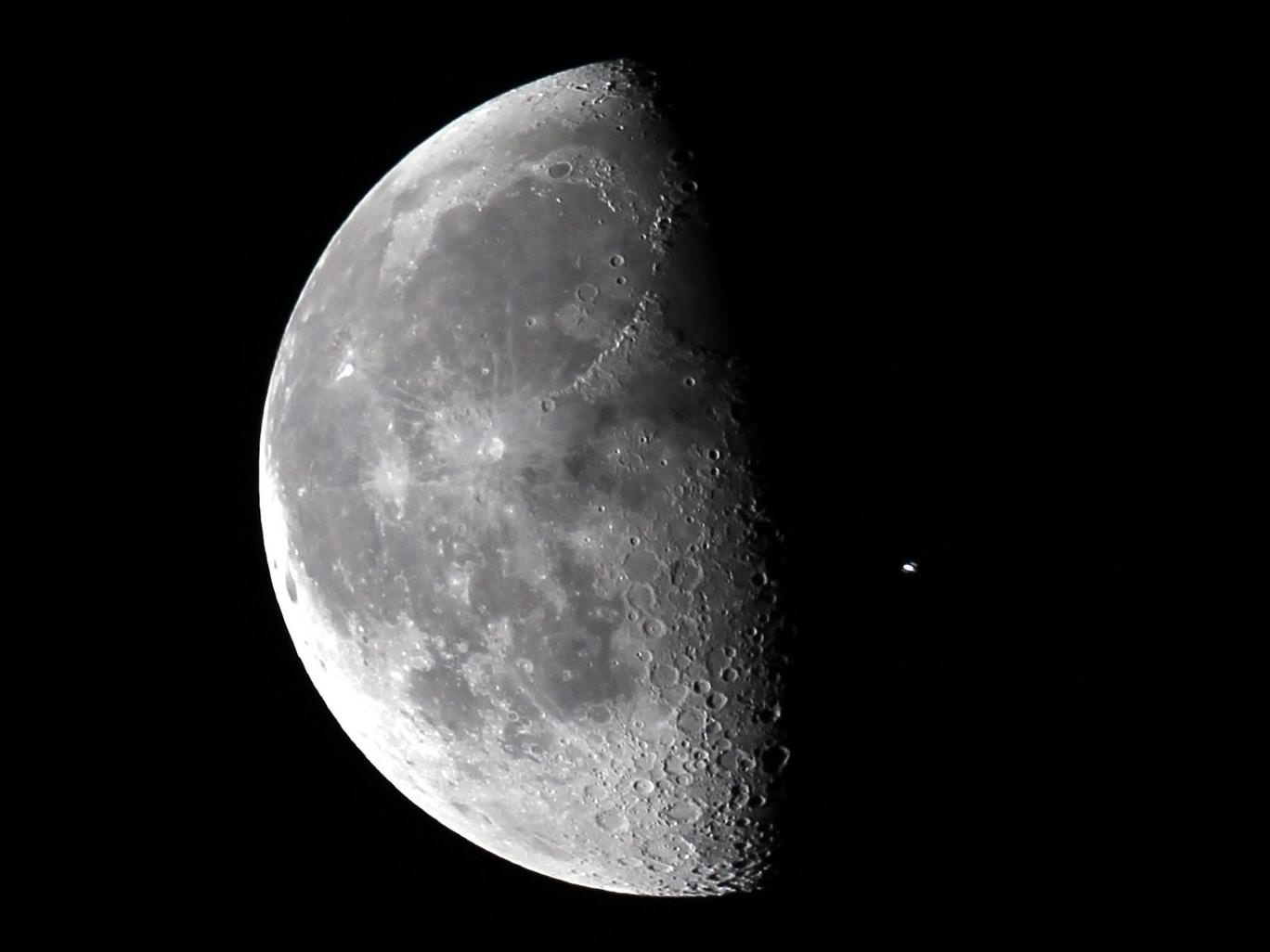A recent report in the news indicated excitement about the suggestion that neutrinos had been found at Cern travelling faster than the speed of light. One of possible explanations put forward was that maybe the neutrinos were tunnelling through some extra dimension.
The statement was made in the content of quantum field theory and what is called the Standard Model of Particle Physics. This is an empirical model which condenses our best understanding of nature yet, describing all of the known sub-atomic particles in nature, along with all the known forces which govern their interactions.
However, the Standard Model isn’t exact. It contains 18 free parameters which need to be fine-tuned by experiment in order for the equations to be predictive. Many experiments have been run to measure what these values should be, and the result is that the theory now predicts the results of all the particle physics experiments that we can conduct to the highest precision of any prediction that we have ever made. Even so, we can’t get away from the fact that we had to set these “constants” by hand, and that means that although the theory can describe what we observe, it fails to explain why.
Theoretical physicists continue to invent new models, searching for a mathematical structure which could hope to explain the nature of the free parameters, and try constrain their values. It’s here that ideas like String Theory and Super-Symmetry originated, and the whole idea that the Universe might consist of not just 3 space and 1 time dimension but extra spacial dimensions; 6 or 7, or even 22 in some String theories. These extra dimensions appear as a side-effect of the condition that models must be mathematically consistent, and describe matter that behaves compatibly with existing observations. Therefore if we believe that this new maths in some way describe reality, we must also try and understand how it is that the extra dimensions exist physically.
It’s in this context that the idea that these neutrinos might be extra-dimensional travellers originates from. Arguably, one of the research goals of the experiments taking place at Cern is to try and find ways of probing for a “signal” that these extra-dimensions exist, so that we can prove or disprove the models that predict them. So, if more interesting events emerge you should expect to hear more of these kinds of sound bites in the news.
But, before we get carried away, there already exist gaps in our understanding of neutrinos without any need for extra dimensions. We’ve recently discovered that the three different kinds of neutrino transmute into and out of each each other as they travel through space-time, and have what is described as a “flavour changing symmetry” that wasn’t previously known. We don’t know why that happens, but now that we know it does we’ve had to extend the Standard Model to include it as an ad-hoc extension. This adds another 7 free parameters that also need to be fine-tuned.
This brings the quantity of variables in our “vanilla model” that are needed to explain why the Universe behaves the way it does, to a staggering 25. Each one has to take a very precise number, which if it varied by the smallest amount the entire Universe as we know it would not be possible! That’s a lot of extra dimensions to come to terms with, before we even start to consider the addition of extra spacial ones.
There are also other holes in our knowledge which are revealed when our best theories are used to try and explain the information returned to us from the high precision measuring devices which we have pointed out into the Cosmos. These holes are currently labelled Dark Energy and Dark Matter, and their explanation is occupying some of the brightest minds on the planet. Some of the most advanced particle physics experiments at Cern have been constructed in the hope that they might hope to explain these cosmological quandaries, by testing new theoretical models and also, of course, trying to find the biggest hole of all: a predicted piece of the Standard Model call the Higgs field, and better known in the media as the so called “God” particle.
No-one can really put their hand on their hearts and say that they understand why the symmetries in the Standard Model have to be the way that they are. That’s why so much work has been put into String Theory and Super-Symmetry, which are really just wild stabs at trying to find some mathematical structure which would incorporate all the symmetries that we find in nature, and constraining the free parameters (or at least reducing the quantity of them!) And, let’s not talk about the Higgs! If it turns out not to be found experimentally (and we’ve been looking for it for years), then the whole thing falls flat on its face, and we have to return to the drawing board altogether and have a big re-think. It’s not looking good for the Higgs, so far.
Now, I’m not saying that this is in anyway an explanation for neutrinos potentially travelling faster than light. If that result is confirmed, it will definitely turn things on their heads. But, unlike almost all of the physicists that I know, I don’t think that we’re anywhere close with the current models that we have. At best the Standard Model is a toy model which happens to be tweakable to explain what we see. It’s a very high quality toy, but nevertheless we have no theory that predicts it, and it’s wrong in at least a few different ways that we’ve currently discovered and have no workable fixes for. Super-Symmetry has pretty much been ruled out by recent experimental results, Super-String theory isn’t even testable. No-one has successfully managed to unify general relativity with Quantum Field Theory, and what explanations exist of Dark Energy and Dark Matter are barely tangible and untestable.
We know so much, but yet we know so little. Something’s going to give, despite the multitude of books written by prominent physicists proclaiming to being on the verge of understanding it all. Don’t belief them, they’re deluded!
Watch this space; the cracks are beginning to appear.



 Suddenly, I remember when as a teenager it happened; the first time I looked at the moon and a voice in my head revealed in context, “that’s not a shape, that’s a volume!” And instantaneously, I became aware of the enormity of a massive orb encircling in the night sky. A thin slither of light highlighting a mostly dark, invisible globe, hiding in plain sight. The surprise of it still lives me with today, how something so old and familiar can suddenly become new and mysterious again.
Suddenly, I remember when as a teenager it happened; the first time I looked at the moon and a voice in my head revealed in context, “that’s not a shape, that’s a volume!” And instantaneously, I became aware of the enormity of a massive orb encircling in the night sky. A thin slither of light highlighting a mostly dark, invisible globe, hiding in plain sight. The surprise of it still lives me with today, how something so old and familiar can suddenly become new and mysterious again.